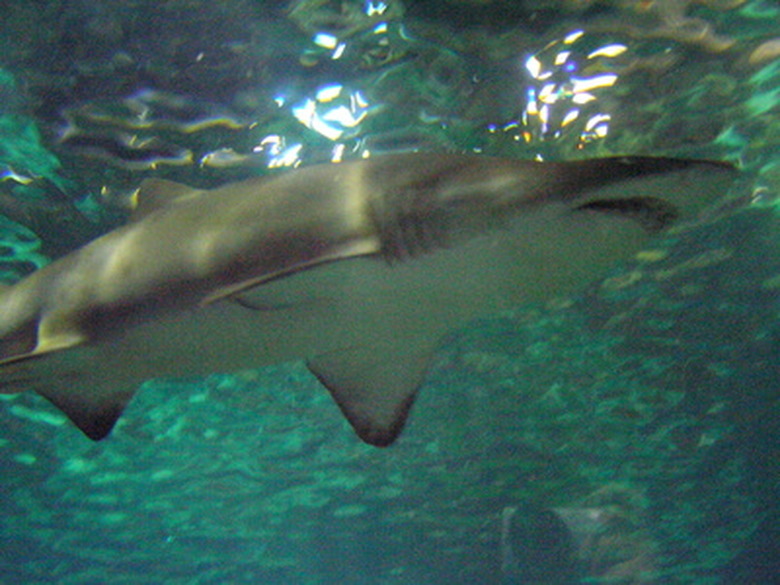The Food Chain & Fish
The marine/fish food chain is a complex system where small organisms are eaten by larger ones. At the bottom of the food chain are microscopic plants and at the top are well-known predators like sharks and seabirds.
Depending on their size and place within the food web/food chain, fish serve a variety of purposes and help to balance the ecosystem in many ways.
Phytoplankton Producers
Phytoplankton Producers
The food chain's primary producer is called phytoplankton. Producers create their own food. These single-celled, microscopic plants float on top of the ocean, take in energy from the sun and use it to convert carbon dioxide and other nutrients into carbohydrates, which nourish other ocean life.
Other types of phytoplankton are technically protists like diatoms and algae. These also form the foundation of the ocean's food chain. They make up 95 percent of the primary producers on earth.
Zooplankton and What Zooplankton Eat
Zooplankton and What Zooplankton Eat
Zooplankton are small, floating animals. They include fish larvae, jellyfish, microscopic copepods and small, bottom-dwelling animals. They drift through the ocean; zooplankton eat phytoplankton, which transfers the energy phytoplankton create with photosynthesis to the next level of the fish food chain.
Copepods make up the majority of zooplankton. They make up most of the ocean's animal mass and are the most important connection between the primary producers and many of the ocean's larger, plankton-eating animals such as small herring.
Nearly all fish living in temperate or polar waters eat copepods to survive at some point in their lives.
Small Predators
Small Predators
Just as zooplankton eat phytoplankton, other marine organisms eat those lower on the food chain in order to get energy and nutrients to survive. The next general level in the food chain consists of small predators that feed on copepods and other plankton that they strain from the water.
Mollusks, small crustaceans (such as shrimp and krill) and small fish like sardines and herring eat large amounts of the zooplankton. Large schools of small fish can quickly diminish plankton populations, but only temporarily.
Top Predators
Top Predators
Large predators, such as sharks, tuna, squid and octopus as well as marine mammals like seals and some whales form the top of the food chain. Birds and humans are also included in this group. Large predators feed on a wide variety of smaller fish.
Species such as bluefish and striped bass are not only some of the most popular targets for human recreational fishing, but they are also eaten by larger fish like swordfish and sharks, as well as ospreys and other sea birds that grab them from the water.
This shows how even fish at the top of the food chain can become food for other top predators. The very top predators will eat whatever is available, including each other. Lobsters are some of the ocean's most well-known cannibals.
The Fish Food Chain Begins Again
The Fish Food Chain Begins Again
The food these large predators waste drifts to the bottom of the ocean where lobsters and other bottom dwellers feed on it. Some of the food is also decomposed by bacteria and returned to the soil where plants can use its nutrients.
The waste of whales and sea turtles, creatures that do not have immediate predators, is also broken down by bacteria.
Multiple Food Chains Create a Food Web
Multiple Food Chains Create a Food Web
While these linear food chains make energy flow and ecosystems easy to understand, it's rare that it's that simple. In fact, most of the time there will be hundreds of different food chains occurring in one ecosystem.
When you combine all of these food chains into one information set, it becomes a food web. This complex web of interactions more accurately displays the relationships between all of the organisms in a particular ecosystem.
Cite This Article
MLA
Martin, Megan. "The Food Chain & Fish" sciencing.com, https://www.sciencing.com/food-chain-fish-6644708/. 4 June 2019.
APA
Martin, Megan. (2019, June 4). The Food Chain & Fish. sciencing.com. Retrieved from https://www.sciencing.com/food-chain-fish-6644708/
Chicago
Martin, Megan. The Food Chain & Fish last modified August 30, 2022. https://www.sciencing.com/food-chain-fish-6644708/
